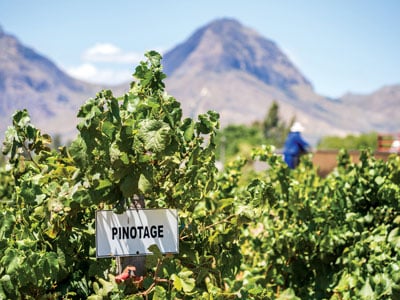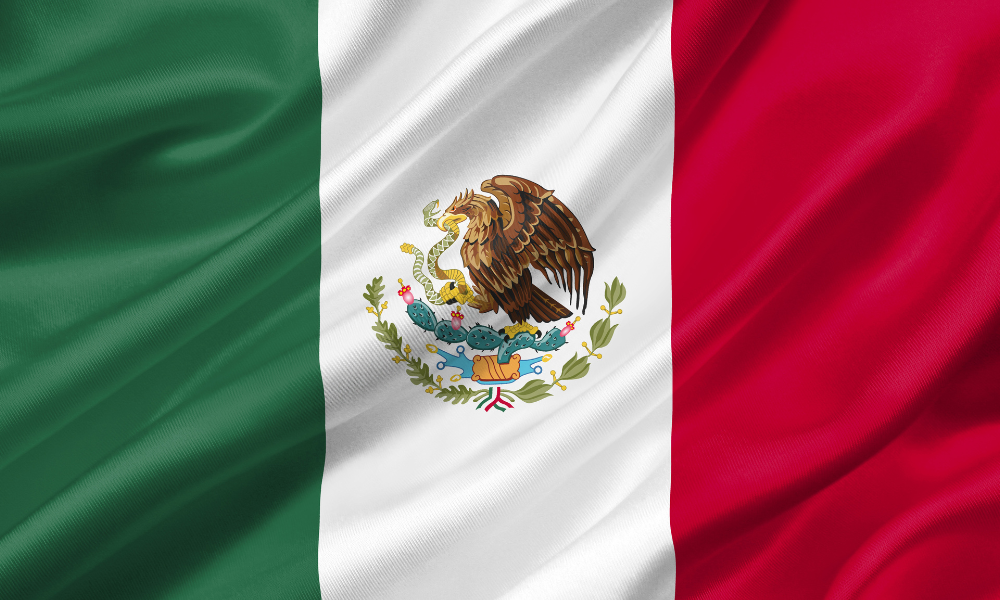QUICK QUIZ: With what country or region do you associate the following grape varieties?
Furmint, Gewurztraminer, Grüner Veltliner, Malbec, Pinotage, Sauvignon Blanc, Sangiovese, Tempranillo, Xinomavro, Zinfandel.
If you answered Hungary, Alsace, Austria, Argentina, South Africa, New Zealand, Italy, Spain, Greece and California in that order – top marks!
Many winegrowing regions have a signature variety that they excel in and for which they have become internationally known, even if other regions may have the same variety planted in their vineyards. (Chardonnay and Riesling are too ubiquitous to claim signature rights to, and so are Cabernet Sauvignon and Pinot Noir — although I might get an earful from Burgundy lovers about Pinot Noir.) And if I have left Australian Shiraz off the list its because Shiraz, which has been grown for eons in the Rhône valley, is the same variety as Syrah.
Next question: Which of the above-mentioned grapes is a man-made crossing of two varietals?
If you answered Pinotage, give yourself a gold star.
In seven years’ time, Pinotage will celebrate its 100th birthday. In 1925, Abraham Izak Perold, the first Professor of Viticulture at Stellenbosch University in South Africa, made of crossing of two grapes - the notoriously fickle Pinot Noir, with the easygoing, heat-resistant and productive Cinsaut from the Rhône Valley. (Pinotage, incidentally, was one of the 177 grape varieties that Dr. Perold introduced into South Africa which would accord him the uncontested title as Father for the Modern South African Wine Industry.)
Perold planted four seeds of this morganatic union between the difficult Pinot Noir and the relaxed Cinsaut in the garden of his house at the Welgevallen Experimental Farm in Stellenbosch. Then he promptly forgot about them. Two years later he left the university to take up a position with South Africa’s largest co-operative, KWV. The fruit of his research might never have come to light had it not been for a team of students who had been dispatched to the overgrown garden of Perold’s former residence to clean it up.
A young colleague of Perold’s, Charlie Niehaus, happened to be passing the garden as the crew was pulling weeds and noticed the sprouting seedlings. He took them back to a greenhouse at Elsenburg Agricultural Training Institute, which was then presided over by Perold’s successor, C. J. Theron. In 1935, as the vines had established themselves, Theron took them back to their birthplace at Welgevallen and had them grafted onto new rootstock.
Perold kept in touch with his former colleagues and maintained his interest in his abandoned progeny. He was invited back by Dr. Theron to help select the vine that would be best for further propagation. Once the chosen vine had been serially reproduced and begun to flourish, it was time for the new grape to be given a name.
In South Africa, Cinsaut was known as Hermitage, so Perold and Niehaus began devising portmanteaux for the new crossing. ‘Herminoir’ was originally considered but mercifully rejected in favour of Pinotage.
The first vintage of a Pinotage wine was made in 1941 from six-year-old vines at Elsenburg Winery in Stellenbosch. In that same year, Pinotage vines were planted at the Kanonkop Wine Estate in Stellenbosch, which has had a long and illustrious history with the grape.
The uncrowned king of the variety is Kanonkop’s current owner, Byers Truter, who has been producing outstanding Pinotage since 1981. In 1991 Truter was named International Winemaker of the Year at the International Wine and Spirit Competition in London for his Kanonkop Pinotage 1989.
Today 7.5 per cent of South Africa’s vineyard surface is planted to Pinotage. Pinotage is also grown in Brazil, Israel, New Zealand, Zimbabwe and the USA (where there are plantings in Arizona, California, Michigan, Oregon and Virginia). Some German producers are currently experimenting with the variety, and even here in Canada we have some Pinotage being made: in Lake Breeze Vineyards and Stoneboat Vineyards in British Columbia’s Okanagan Valley, and at Del-Gatto Estates in Ontario’s Prince Edward County.
So, what does this much-travelled wine with a short history taste like? The grape itself is quite high in tannins, which give the final product a lot of structure; this means a well-made Pinotage can age for twenty-five years. Depending on the soil in which it is raised, it will have forward, fruity flavours of blackberry, black plum and mulberries.
Some South African producers are making their wines with a distinctive coffee-bean flavour: witness The Grinder Pinotage from Swartland and The Bean Coffee Pinotage from Stellenbosch. The unmistakable aroma and flavour of coffee are not because of the addition of coffee grounds during fermentation, but due to the interaction of the wine with high toast French oak barrels.
The fact that there is nothing on the back label of these products to suggest that this could be your breakfast wine is a missed marketing opportunity, I guess.
Tony Aspler is the author of 17 books on wine, including his latest, Canadian Wineries.





